Please filter by different types of publications
All Greater Horseshoe Bat
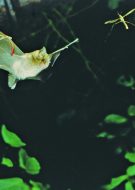
Horseshoe bats are the natural hosts of the Sarbecovirus subgenus that includes SARS-CoV and SARS-CoV-2. Despite the devastating impact of the COVID-19 pandemic, there is still little known about the underlying epidemiology and virology of sarbecoviruses in their natural hosts, leaving large gaps in our pandemic preparedness. Dr Samantha Bremner-Harrison, VWT’s Head of Conservation, has contributed to the research and this paper, which describes the results of PCR testing for sarbecoviruses in the two horseshoe bat species (Rhinolophus hipposideros and R. ferrumequinum) present in Great Britain, collected in 2021–22 during the peak of COVID-19 pandemic.
Photo: Lesser horseshoe bat (Rhinolophus hipposideros) ©Frank Greenaway
Download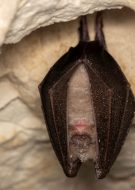
The greater horseshoe bat Rhinolophus ferrumequinum is a rare species in the UK that relies heavily on undisturbed stone buildings in which to breed. Barn owls Tyto alba are also a protected species that roost and raise their broods in similar places. This overlap in roosting requirements can lead to barn owls moving into buildings containing well-established greater horseshoe bat maternity colonies. This in turn could result in disturbance and abandonment of the building by the bats. Such an event occurred at one of the largest greater horseshoe bat roosts in the UK in 2018 when the colony deserted the roost after barn owls moved in. In this paper, we describe measures used to exclude the owls while retaining access for the bats, to encourage the colony to return.
Conservation Evidence, 20, 8 – 12 ISSN 1758-2067 8
Photo: Hibernating greater horseshoe bat ©Daniel Hargreaves
Download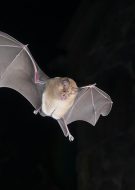
This paper published in the Conservation Evidence journal details how effective building management at VWT’s bat reserves has resulted in stronger greater and lesser horseshoe bat population size increases compared with unmanaged sites.
Download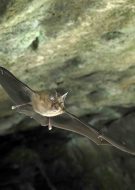
This paper examine functional connectivity of greater horseshoe bats (Rhinolophus ferrumequinum) at a local scale using Circuitscape software.
Download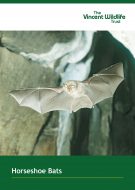
Worldwide there are over 85 species of horseshoe bats. Five are found in Europe, but only two, the greater and lesser horseshoe bat, are native to the British Isles. Horseshoe bats have a circular flap of skin surrounding their nostrils and the horseshoe shape of this ‘nose-leaf’ gives these bats their name.
Download